V i n e y a r d s

OUR PLACES
B e t w e e n S o a v e a n d V a l p o l i c e l l a . . .
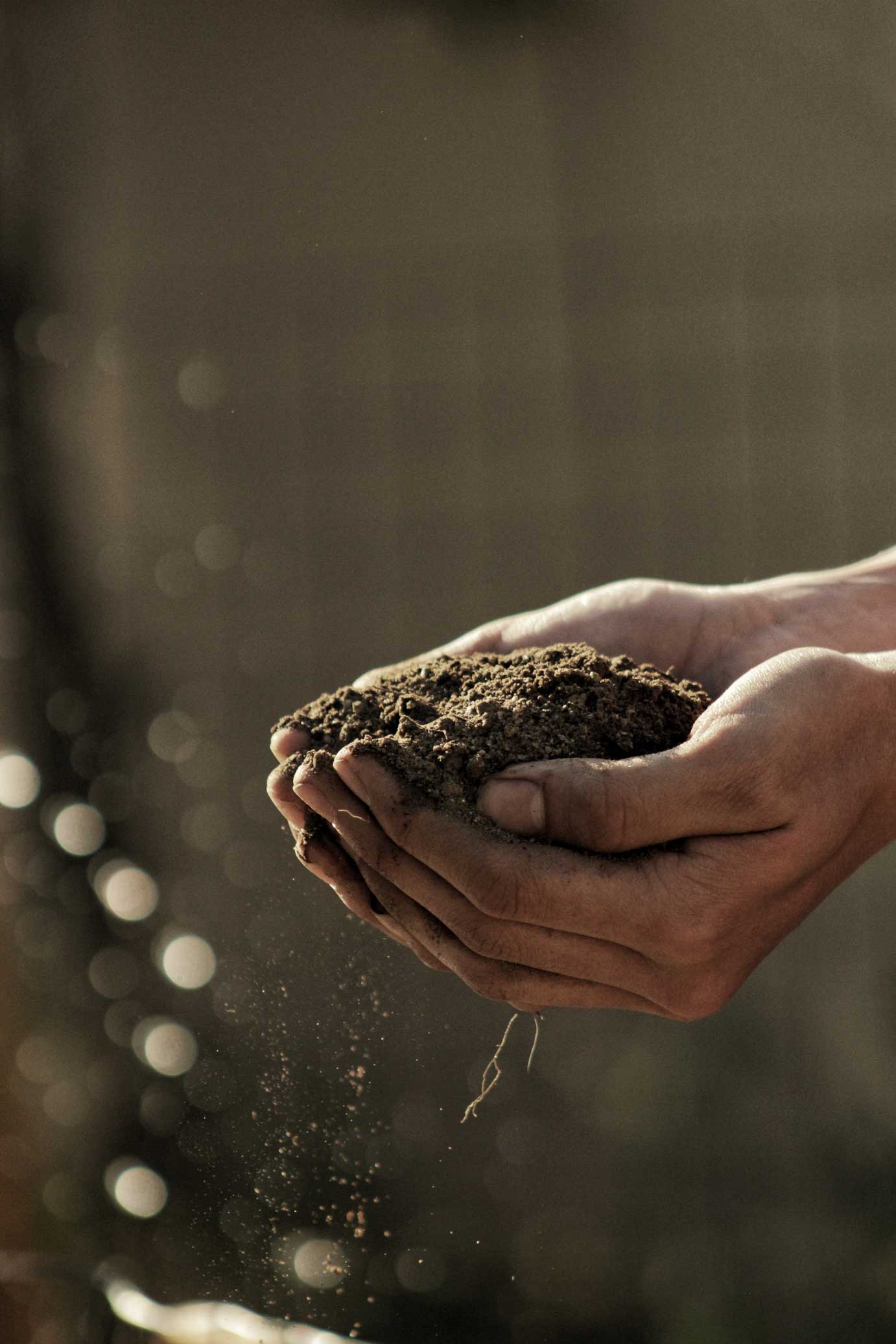
The Soave hills formed during the Mesozoic, when, following powerful volcanic eructions the sea was replaced by hills. Basaltic soil, dark, rich of minerals perfect for the production of great white wines.
Grapes
Garganega is our only vine variety, used in 4 different interpretations to give life to wines with with particular and very enjoyable sensory and olfactory characteristics, that immediately identifies the production region.Grapes Ripening
To give personality and style to our wines, we use a very peculiar technique: the double reasoned ripening. In early september, a part of the shoots of the vines , full of precious bunches, are cut and are left on the vineyard for approximately a month, stopping the ripening but safeguarding its acidity. For the rest, ripening continues, reaching the perfect sugar content for a correct alcohol content. The implementation of this innovative technique gives the result of a unique wine, that intensifies the characteristics of Soave.Vinification
Passed the month necessary to the double reasoned ripening, the grapes are harvested by hand and then vinified. The fermentation is very slow, at least twenty days, and the following maturation lasts at least ten months in steel tanks. The Vigna Vecia requires instead a slow fermentation in oak barrels for at least three months to then settle in steel tanks for further two years.Flavours
Fresh and sapid wines, with floral scents of peach blossom and fruity of apple, pineapple and peach and a pleasurable aftertaste of sour almond characteristic of Garganega. A wine that goes well with with meat and fish.T h e L a n d S o a v e
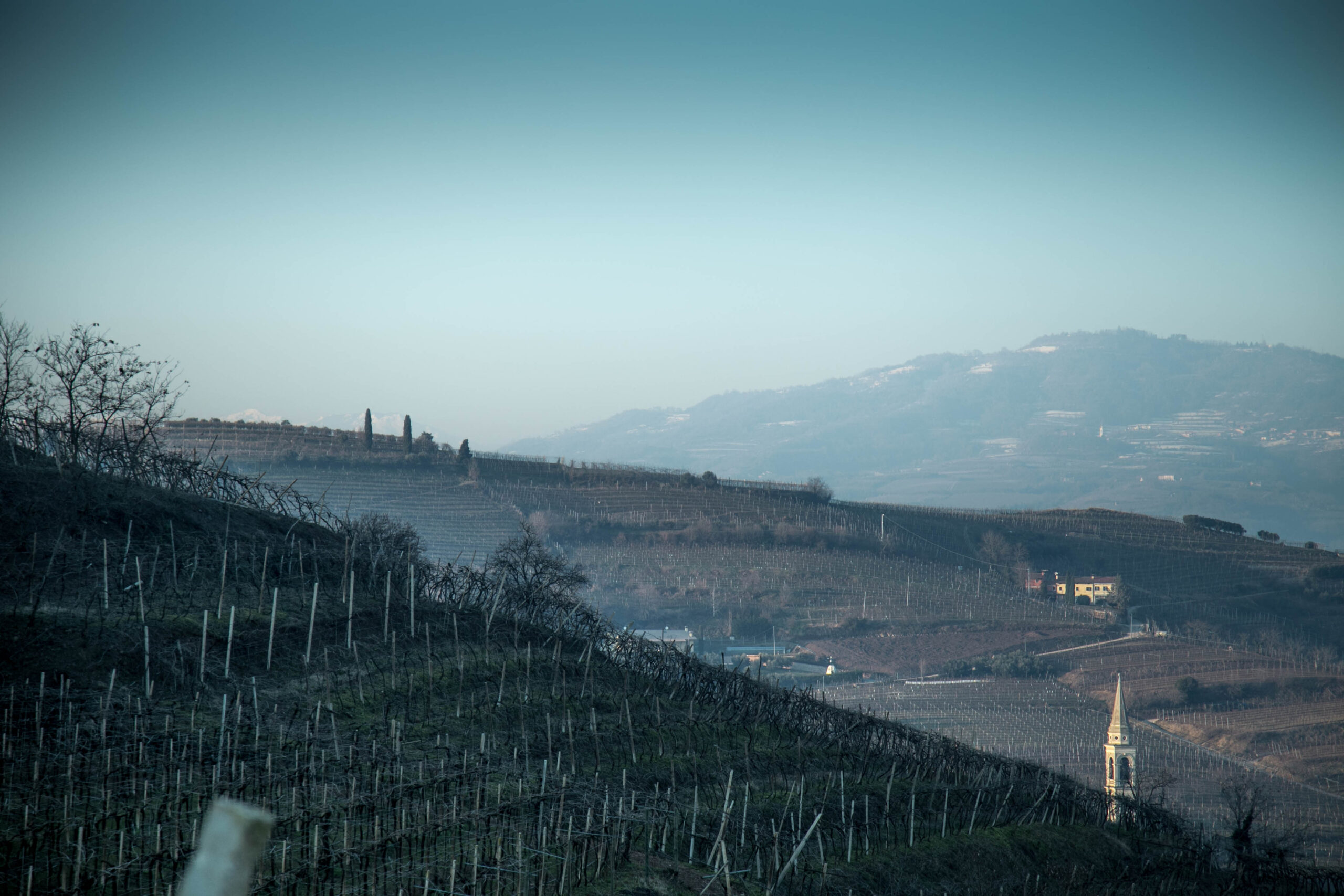
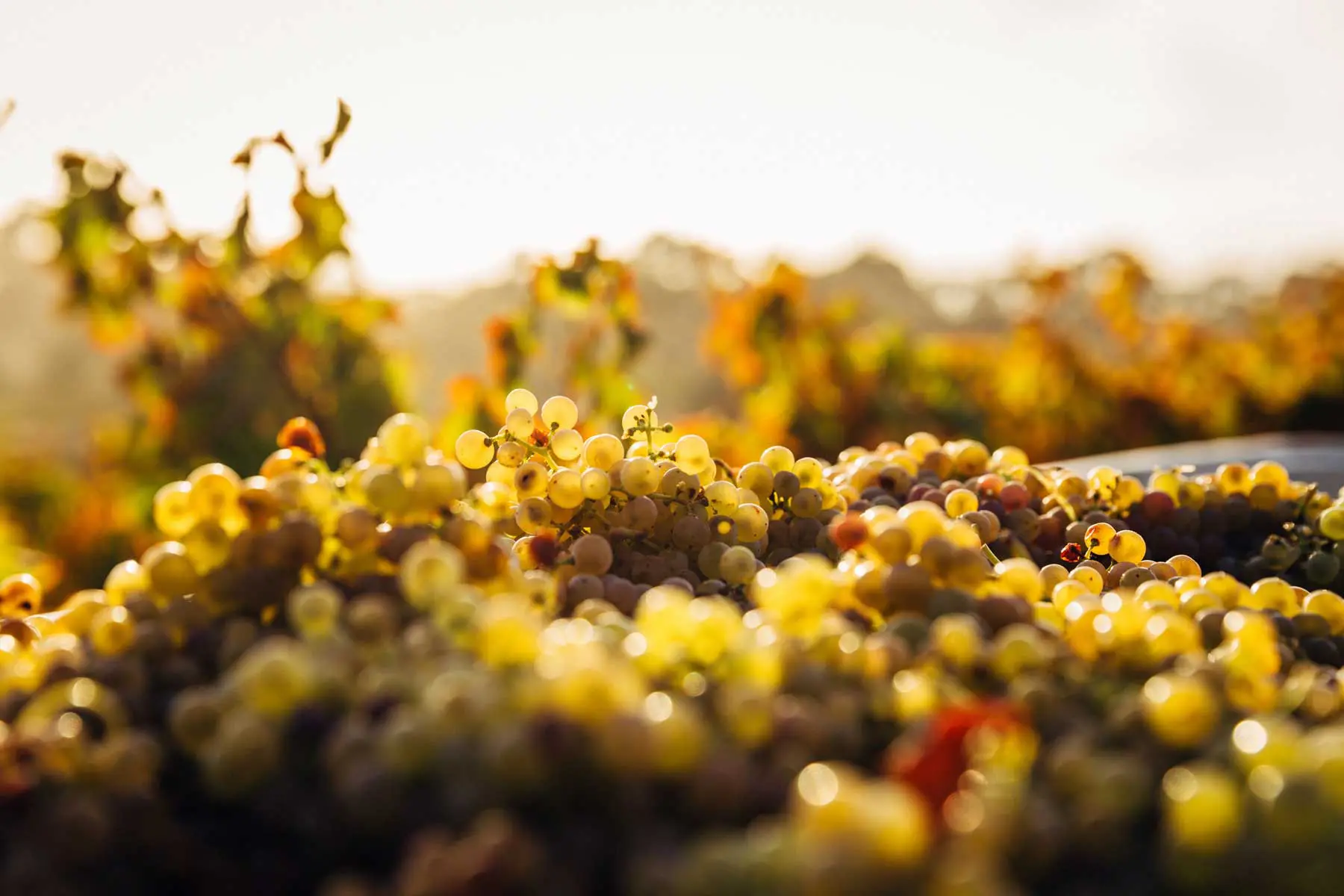
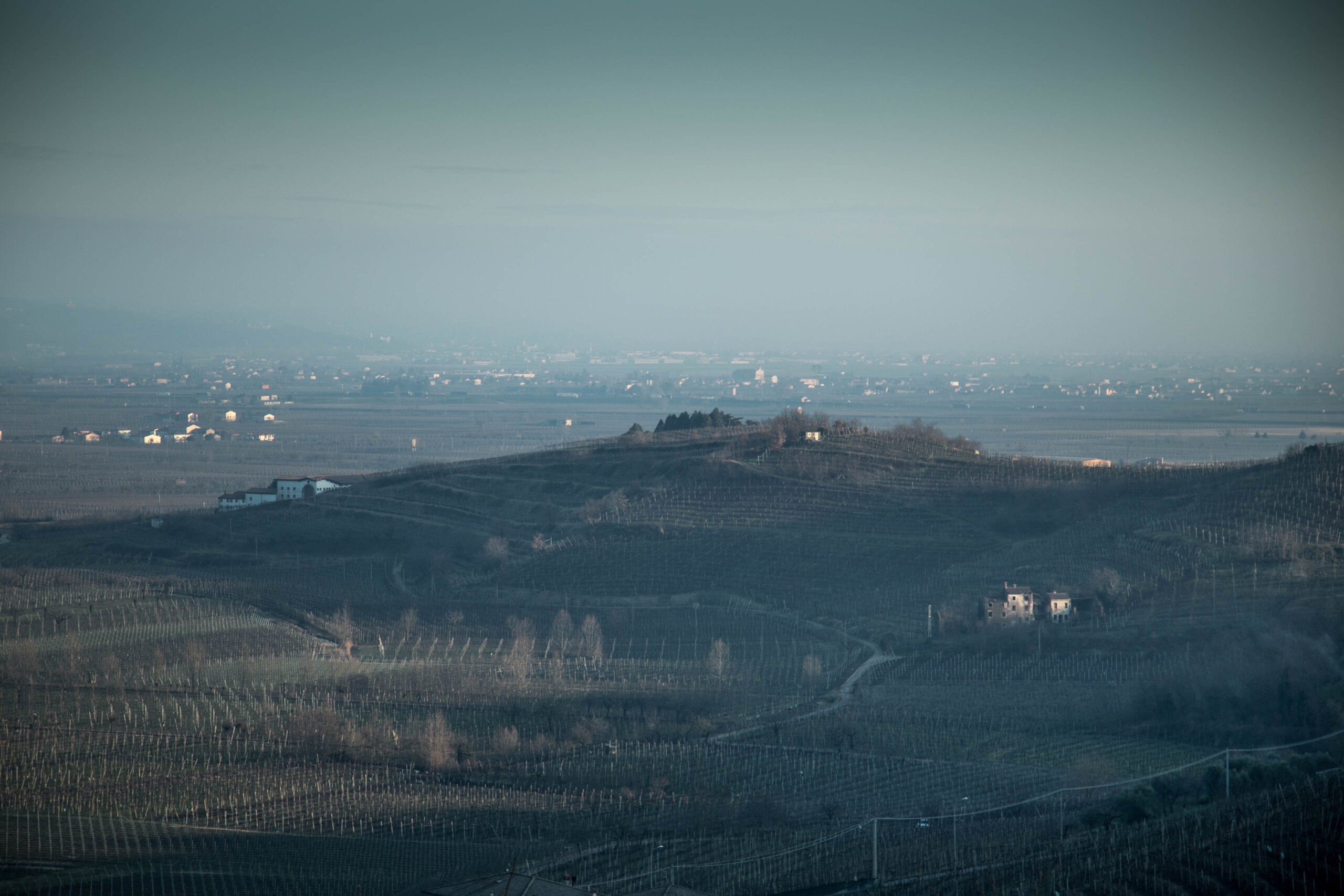


V a l p o l i c e l l a
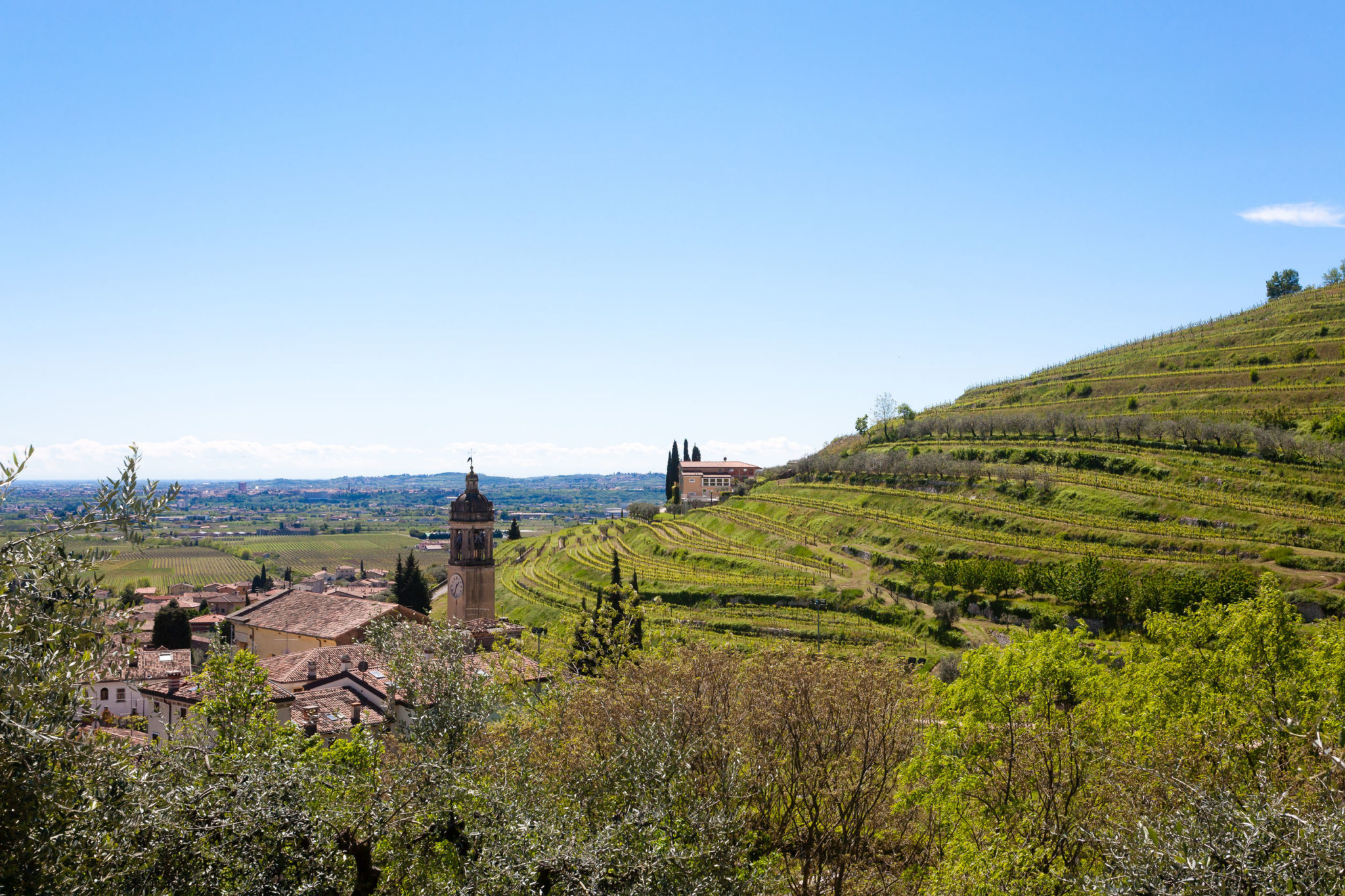
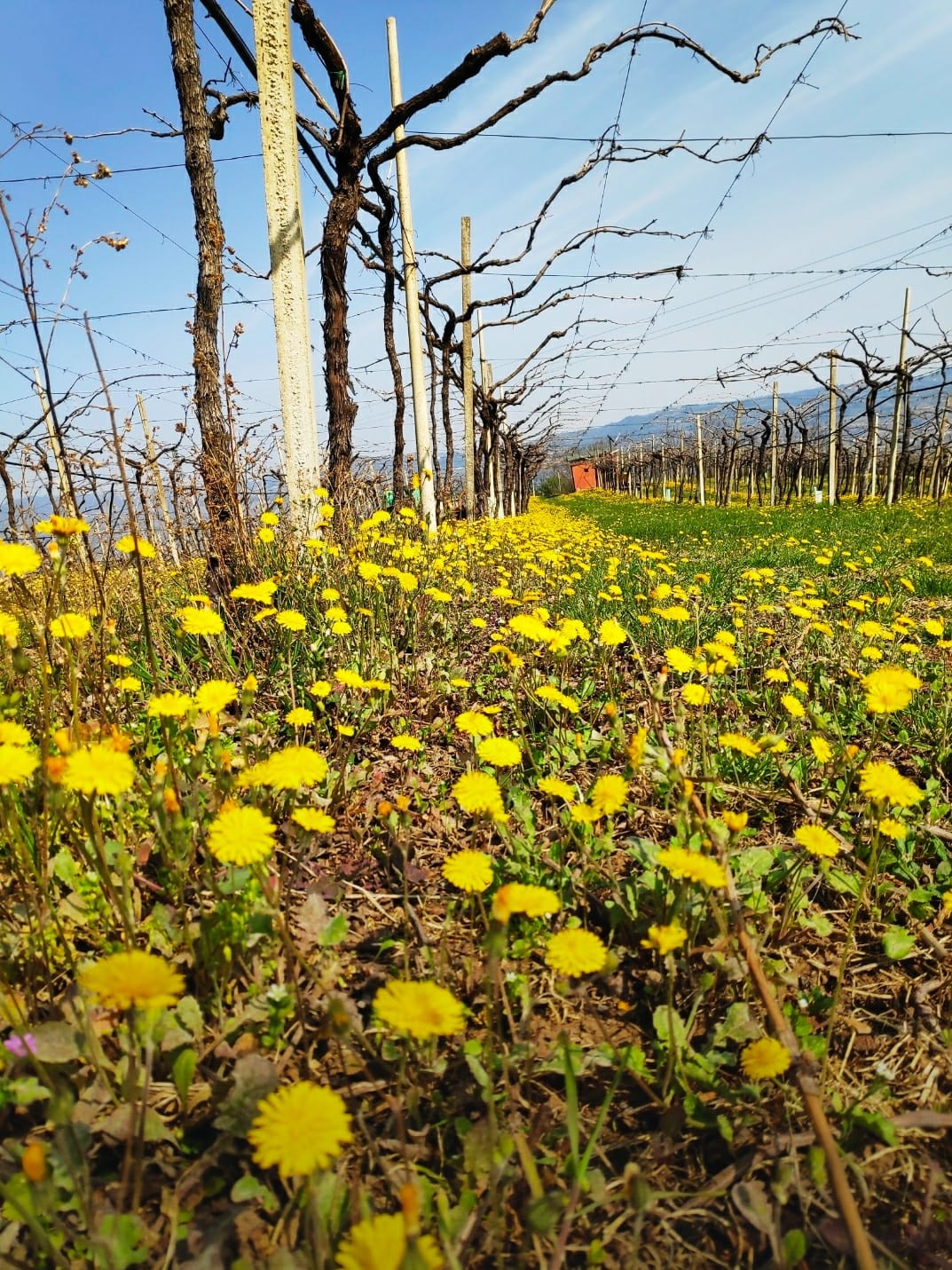
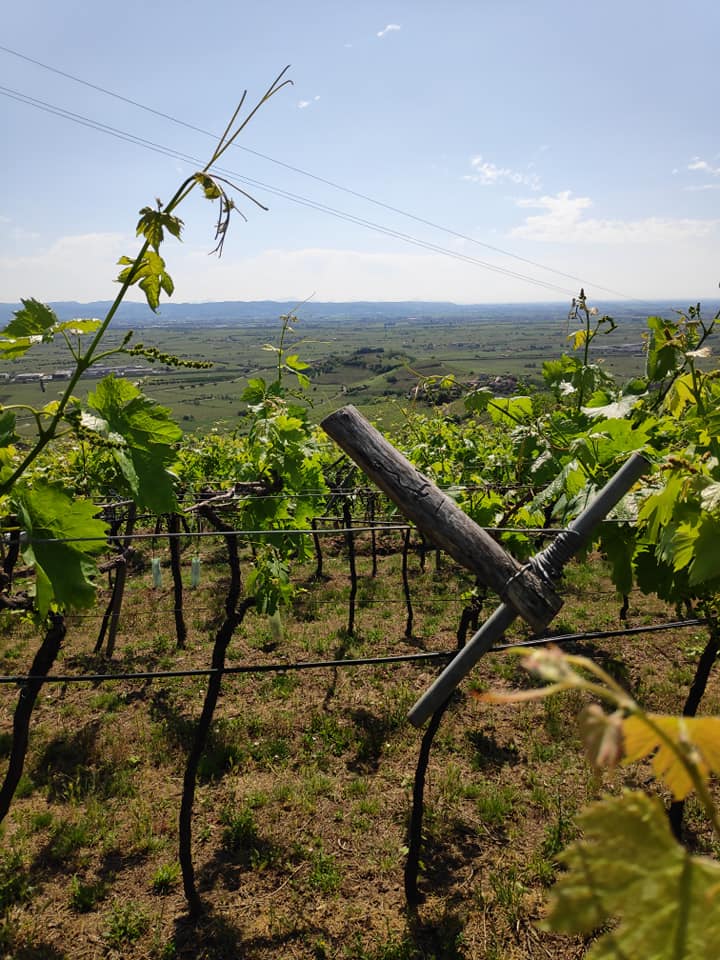
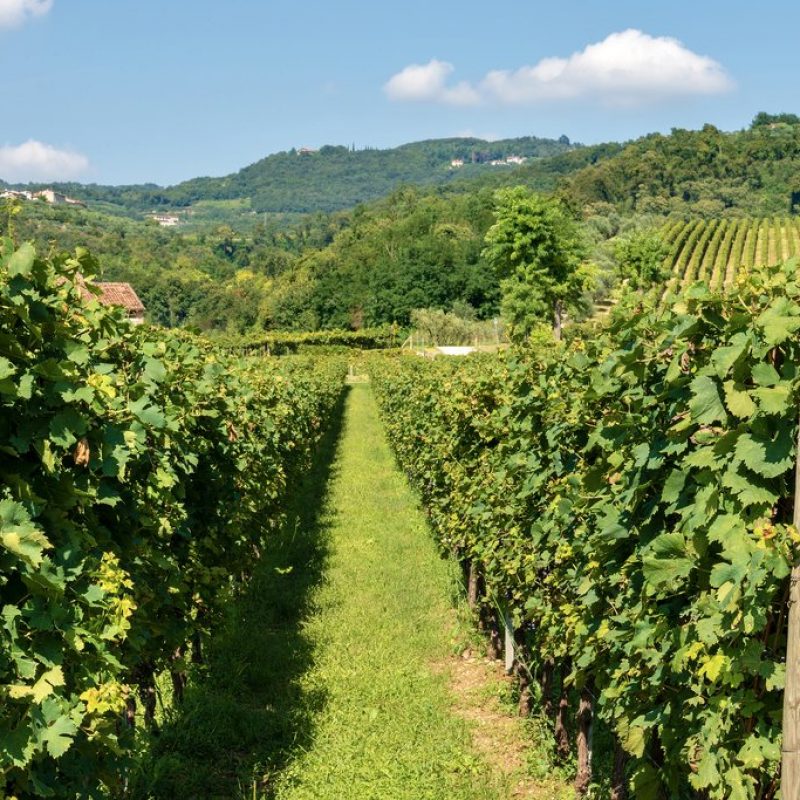
Several are the hypothesis and interpretations of the name Valpolicella. But whether it comes from the greek “Policella” that is “land of many fruits” or from “policellae” land of the many wine cellars, it is anyhow a beautiful valley, rich of traditions where wine is the main protagonist of every table.
